Driving might be a convenient means of transportation, but it can also negatively affect your health. For example, long commutes can lead to stress and weight gain. Another common problem is back pain. Luckily, there are some adjustments you can make that might help you avoid this.
We at Bhaskar Health think that back pain can be prevented if you learn a bit more about your body and make minor changes to how you usually drive. And we hope the tips we’ve found will also work for you!
1. Adjust the distance from the wheel.
- Sit with your back against the back of your seat.
- Put your hands on the wheel. If your arms are fully extended and locked, it means you’re sitting too far. This will put stress on your lumbar spine, neck, shoulders, and wrists.
- If the elbows create less than a 60-degree angle, you’re sitting too close. Move your seat backward and forward until you find a comfortable position.
- The bend in your arms should form about a 120° angle.
- Remember that for the airbags to work, there needs to be a minimum distance of 25-30 cm between you and the steering wheel.
2. Place your hands on the wheel correctly.
- Grip the steering wheel at the 3 o’clock and 9 o’clock positions. This will give you the best leverage, and you’ll also be able to put your elbows on the armrests, which can help ease upper back pain.
- If you’ve got shoulder and neck problems, you can also try the 4 o’clock and 7 o’clock positions.
- Grip the wheel mainly with your fingers and fingertips, and make sure the grip is relaxed. This will help you to avoid fatigue.
- Always keep both hands on the wheel, as using just one hand can make one shoulder work harder than the other one and cause discomfort.
3. Don’t recline the back of the seat too far.
- Start sitting in a fully upright position.
- Recline the back of the seat until you start to feel less discomfort in your lower back.
- Make sure you don’t recline too far and that you have a clear view of the road.
- Starting from a fully upright 90° position, it’s recommended that you don’t go further than 10 to 20 degrees back. This inclination will help relieve pressure on the discs of the lower back.
4. Adjust the seat height.
- Put your seat in the lowest position.
- Slowly start to raise the seat. Stop when the front edge of the seat touches the back of your thighs.
- Make sure your knees aren’t touching the bottom of the seat because this is bad for your circulation. There should be at least a 2 finger gap in between.
- Don’t raise the seat too high, as it will restrict the blood flow.
- Don’t leave it too low either, because your legs and lower back will have to support your whole body, which can put pressure on the joints and cause pain.
- Your knees should be at least as high as your hips, or just a bit higher.
- Check that you can depress the pedals fully without having to reach.
- If you can’t adjust the seat height, you can try using a cushion to prop yourself up.
5. Support your spine.
- Some cars have built-in lumbar support. If you have it, make sure it fills the curve in your back, but doesn’t cause discomfort.
- If you don’t have it, you can create one yourself. Take a towel and roll it widthwise.
- Sit in the driver’s seat and put the towel behind your back. Place it just above your hip bones and lean back against it.
- You can also buy a lumbar support cushion.
6. Empty your pockets.
Make sure your back pockets are empty before you start driving. If you sit on your phone or a wallet, your pelvis will be tilted to one side, and that will cause a misalignment of the spine. This can contribute to back pain.
7. Get a car cushion.
Apart from helping adjust the seat height and providing support for your spine, cushions can also help prevent back pain in another way. They reduce vibrations from the road, which have been shown to cause injuries. So if you’re driving on a bumpy road, the cushion will serve as a shock absorber and you’ll feel less discomfort.
8. Support your back with your feet.
- Make sure your feet are relaxed and your heels are on the floor.
- Adjust your position so that you can reach the pedals and press them with the ball of your foot, not your toes.
- To minimize pressure on the lower back, keep your left leg on the footrest when possible.
9. Adjust the mirrors.
Once you’ve found your optimal driving position, adjust the mirrors. Make sure you can see the mirrors and have good rear visibility just by moving your eyes, without having to move your body or strain your neck.
10. Apply heat or cold.
- Some cars have heated seats, which can help increase blood flow and relax tight back muscles.
- If you don’t have them, you can bring heating pads instead.
- Ice packs can also help relieve back pain by reducing inflammation and swelling.
Have you used any of these tips? Do you know what else could help prevent back pain?


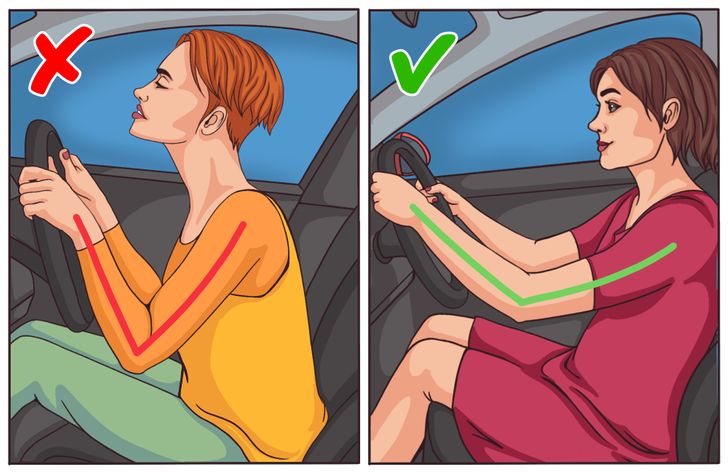
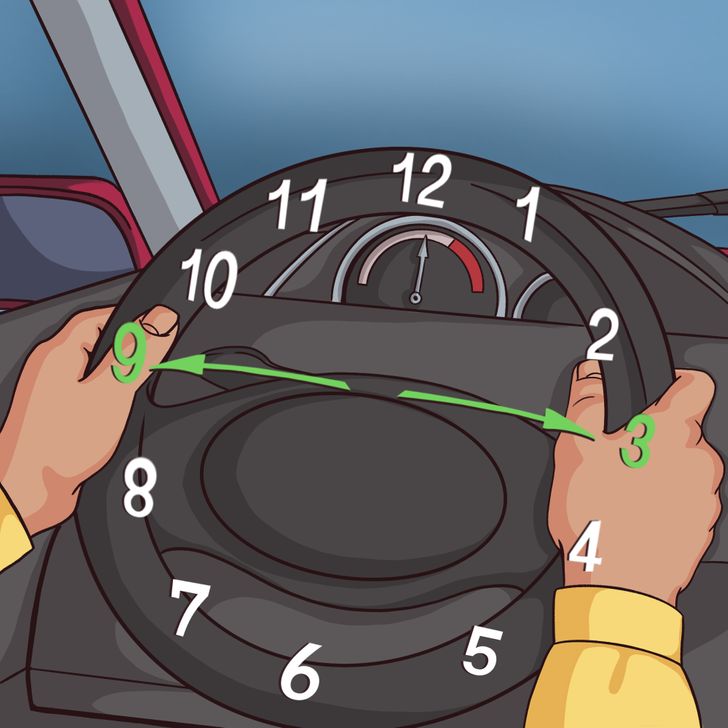
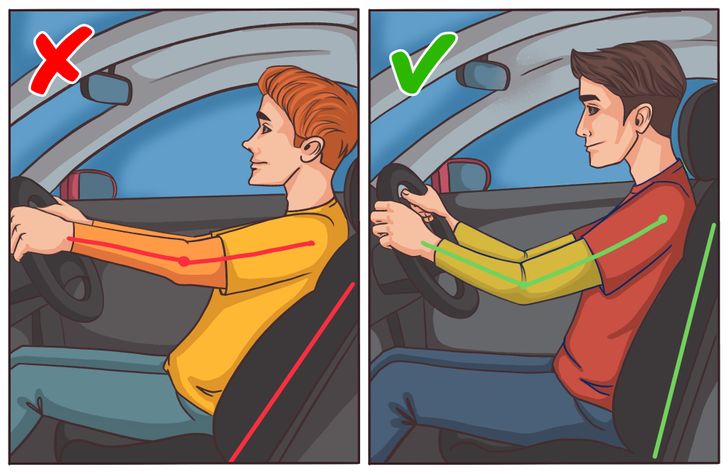
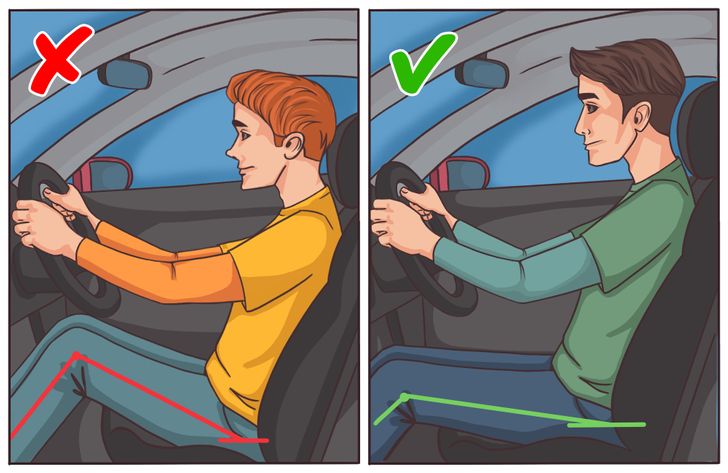
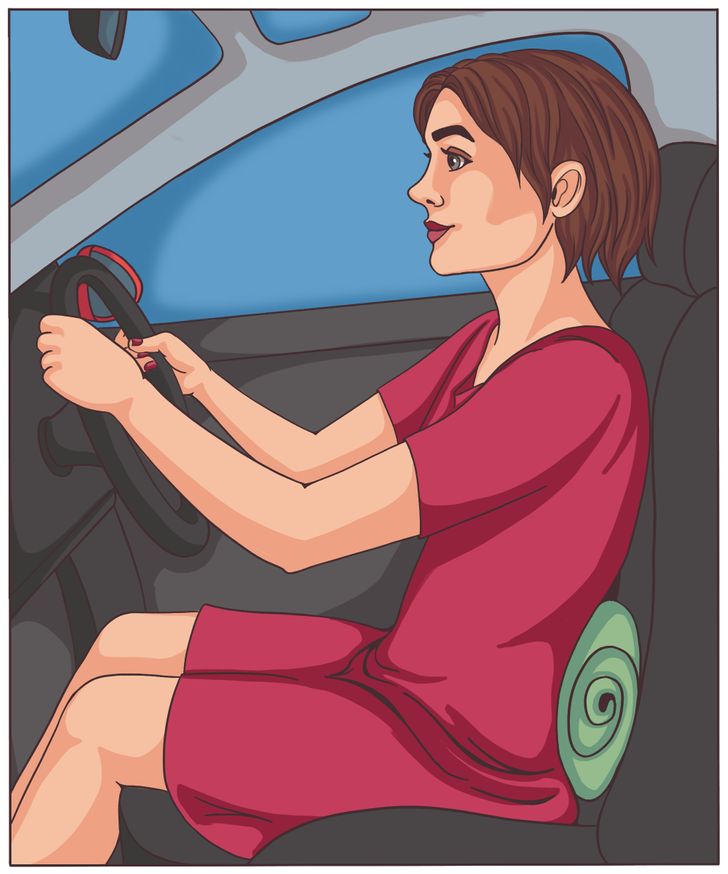
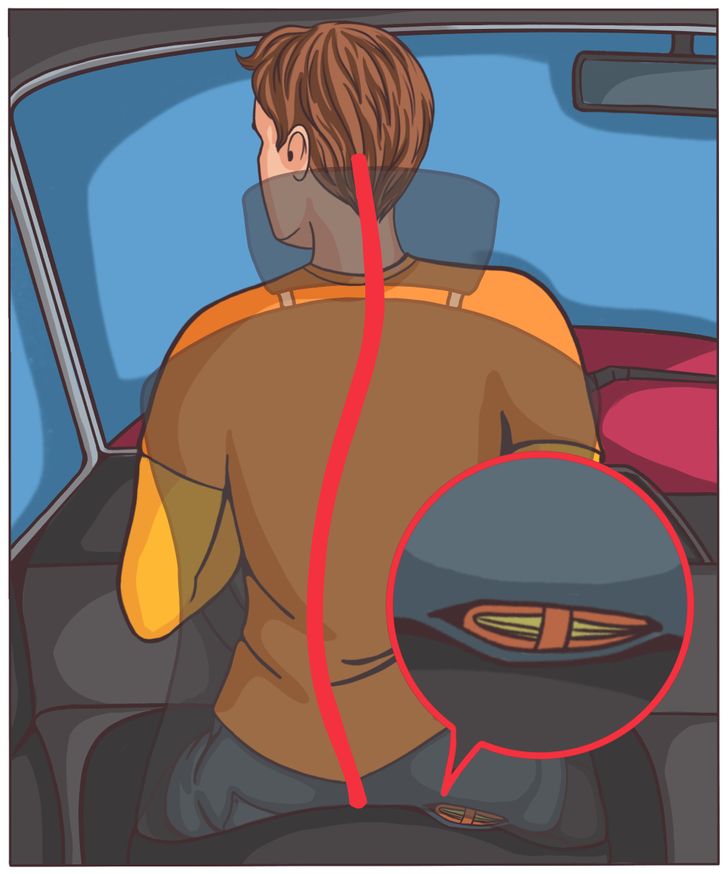
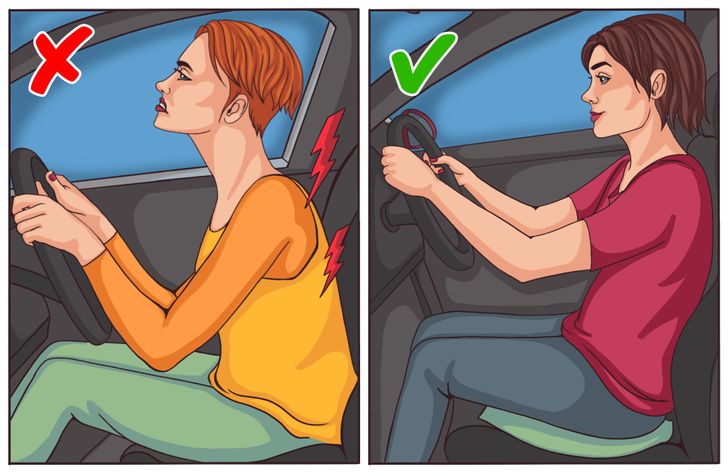
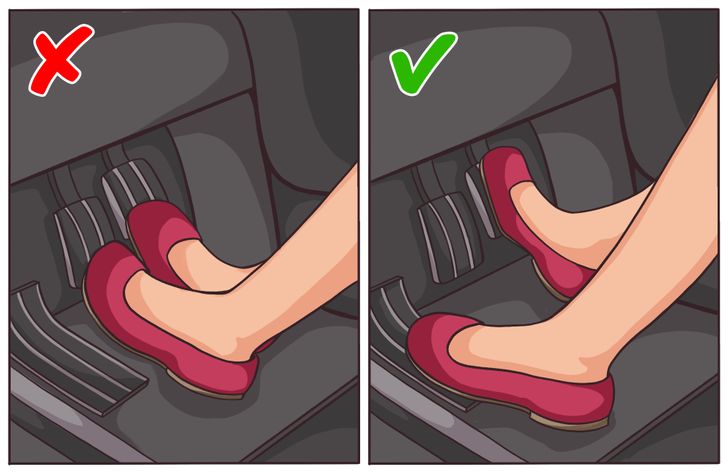
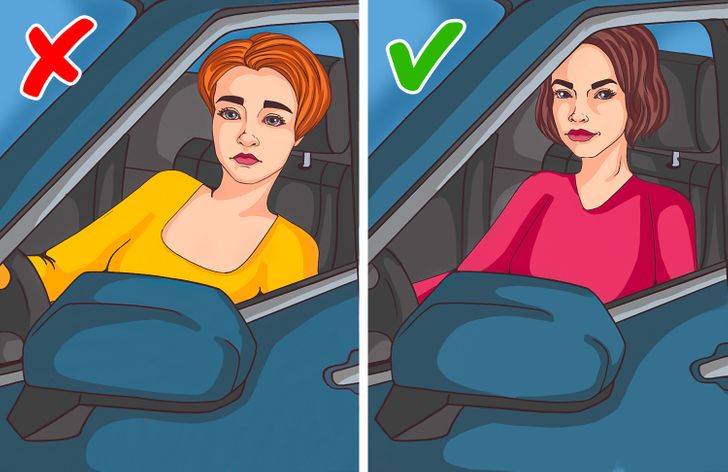
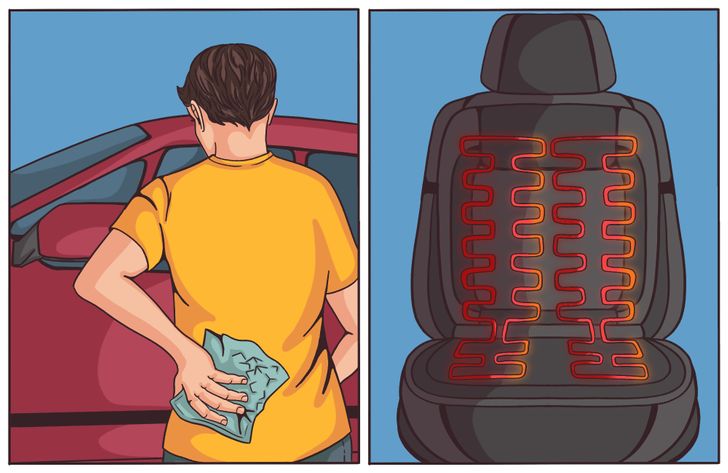
0 Comments